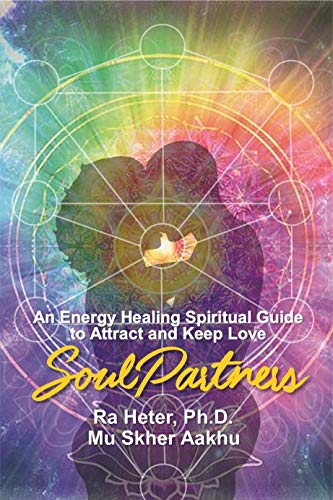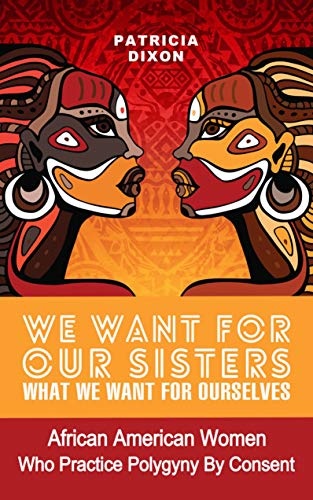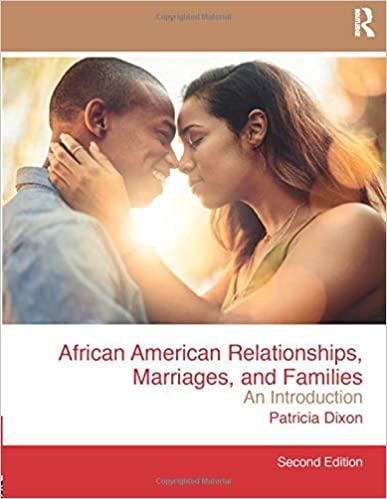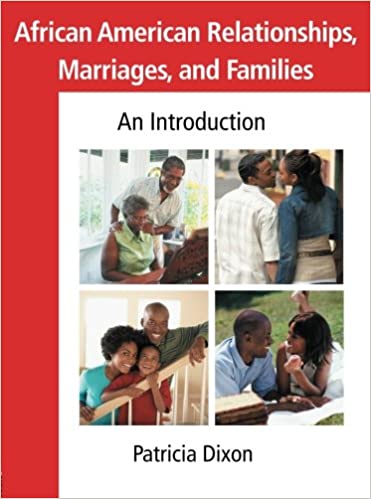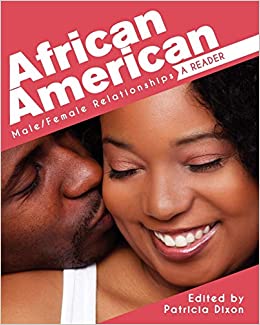This 1948 Medical Guide Paints A Terrifying Photo Of Women's Healthcare In The Past — And Present
 Click Here for the Post https://www.bustle.com/p/this-1948-medical-guide-paints-a-terrifying-photo-of-womens-healthcare-in-the-past-present-10242661
Click Here for the Post https://www.bustle.com/p/this-1948-medical-guide-paints-a-terrifying-photo-of-womens-healthcare-in-the-past-present-10242661
It started out, really, as a joke: When my sisters, my mother, and I discovered the Pictorial Medical Guide in my grandmother’s library — first published as Every Woman’s Standard Medical Guide in 1948 — we couldn’t believe some of the medical recommendations it gave. What essentially amounts to an encyclopedia of opinions by, as the book states, “experts in every essential field of medicine, family health, and child care” offered medical advice that, more often than not, appeared to us only a generation or two more advanced than medicinal leeching, trepanning, or bloodletting. And not just medical advice; it offers advice on marriage (and “marriage”, quite often, as a euphemism for “sex”) and raising children as well.
“I usually suggest the experimental approach to sexual adjustment to the couples with whom I talk. Their attitude should be the same as with a new Ford,” reads one section titled “Medical Preparation for Marriage,” which is, in effect, coaching women on how to lose their virginity upon tying the knot. “With the car, they would find the highest hill and see how good a hill-climber it was. They would find a rough piece of road and test the springs. They would find a long, level space and try its speed. After they had put it through its paces and knew what its performance was, they would settle down to thirty-five miles per hour.”
We laughed at the reference to the Ford, scoffed at the idea of settling down to such a tame speed as 35 miles per hour, and read on. But soon, the book wasn’t so funny.:
“Girls frequently state that they would not care to try this approach because they feel that it would interfere with their emotional and spiritual responses to intercourse. That is perhaps true to some extent, but it must be remembered that this experimental effort does not last indefinitely. The situation is not unlike learning the piano. You may learn to play be ear, without practice, and secure a reasonably good accomplishment. On the other hand, if you devote yourself for a while to five-finger exercises, you will find that it interferes temporarily with your musical enjoyment but eventually you will not only become technically more proficient, but the emotional and spiritual values of your music have improved.”
Hold on now… what say you? All “five-finger exercises” jokes aside, “Medical Preparation For Marriage” had suddenly shifted from awkwardly antiquated to borderline predatory. Was a medical professional sincerely advocating for a woman to engage in sexual activities that she didn’t want to engage in, for the sake of her own “technical proficien[cy]”? (While referring to her as a “girl”, no less — a pattern repeated throughout the Guide.) This wasn’t funny at all. Especially when we considered how many of the people still making healthcare decisions for women (old, white men in Washington) grew up within the social climate that made books like the Pictorial Medical Guide possible.
In fact, these kinds of ideas about women’s health still pervade the medical industry today — women’s pain is discounted; women’s diseases are under-funded and under-researched; and far too-often women’s bodies are acted upon by the larger medical and political establishments, rather than women being given opportunities to play active (and validated) roles in their own healthcare and health-related decisions. (For a great resource in learning about these issues, and more, consider checking out Abby Norman’s excellent medical memoir, Ask Me About My Uterus: A Quest to Make Doctors Believe in Women’s Pain.)
Still less funny, my mother recalled our grandmother referencing it, as a genuine source of medical guidance, throughout her life.
Inexplicably, “Medical Preparation For Marriage” goes on to feature a lengthy (and illustrated) description of the male testicles, their function, and various options for entertaining them. A half-dozen sentences are dedicated to the clitoris (sans diagram.) But it’s about to get a whole lot worse.
Under the heading “The Need For Sexual Excitement” foreplay, as the Guide terms “lovemaking”, is discussed as though it’s a relatively new concept among sexual (again: married and same sex) partners — although, given the social context, perhaps some credit is due for considering it at all. However, the discussion of foreplay concludes with: “…sexual excitement is not necessary for the woman. She may have intercourse willingly and with pleasure, against her will, or even while unconscious.”
From Bill Cosby and Brock Turner to the Me Too Movement and Time’s Up, the idea of women having non-consensual sexual intercourse while unconscious suddenly didn’t seem so 70-years-ago after all. The Guide offers a terrifying picture of how women’s sexual health and well-being was once discussed, even in the medical community — but it also demonstrated the equally terrifying reality that we haven’t come quite as far as we think in the intervening years, after all.





